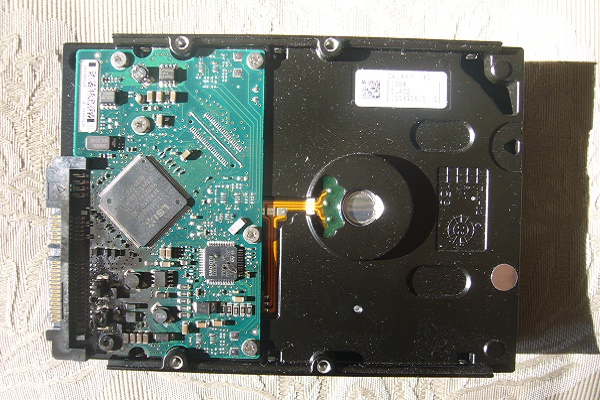Restore RAID 1 data protection refers to the process and strategy of creating a redundant storage protocol to ensure effective backup. RAID, which is an acronym for Redundant Array of Independent Disks (originally coined as Redundant Array of Inexpensive Disks), utilises the plan of action of combining several disk drive components, which are partitioned into separate units, to function as an array.
RAID was a term originally utilised commercially as a unique method of data retrieval and as a strategy for enacting multiple drives to function as a single drive to a host. At the University of California, Berkeley, in 1987, three academics (David A. Patterson, Garth A. Gibson, and Randy Katz) published a paper entitled, “A Case for Redundant Arrays of Inexpensive Disks (RAID)”. RAID is now utilised in the industry as a “catch-all” phrase for cloud storage, with specificity of strategy being further delineated by the standard level.
Get best protection possible
RAID 1 data protection is the second level (of five possible standard schemes) of data protection. This kind of protection refers to the strategy of mirroring the same data across two (or more) drives, thereby creating a redundant method of data retrieval. RAID 1 data protection creates a “mirrored set” of data, so in the event of data loss, recovery and retrieval can still be accomplished.
Because RAID 1 data protection utilises a strategy of creating a direct clone of data on separate drives, it therefore requires an even number of hard drives. Other subsequent levels of RAID protection utilise differing levels of parity and striping, however, RAID 1 protection has the benefit of providing an instant solution in the event of a hard drive failure- one clone, which has the exact same data stored, is simply exchanged for the failed hard drive.
There are always some limits
However, RAID 1 also has some limitations. Namely, the chief concern when dealing with large amounts of data is that an array configured with the RAID 1 data protection plan eliminates half of the potential storage capacity of the hard drive space. While RAID was initially billed as “inexpensive,” the added cost of creating a duplicate, mirrored clone must be taken into account. Additionally, if there is bad or corrupted data written onto one drive, it is also copied and mirrored onto the second. In conjunction with other methods (critical storage backup, varying striping and parity levels, partitioning, etc.) RAID 1 data protection offers the user the ability to manage data and ensure retrieval and storage are possible.

